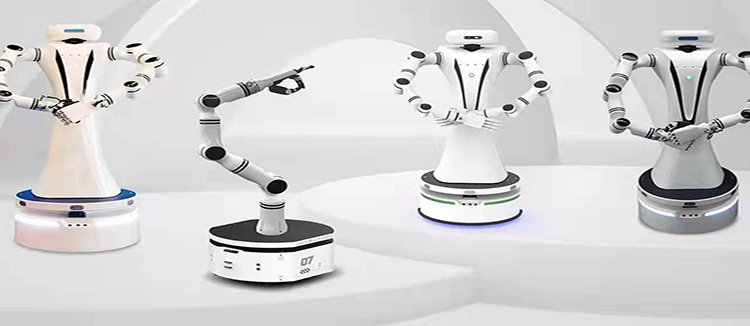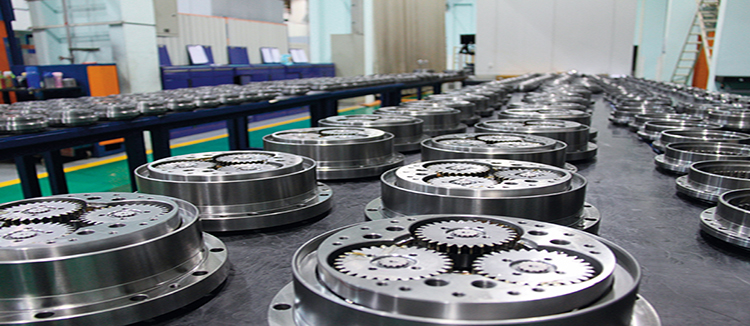Understanding the Role and Benefits of Servo Drive Technology in Modern Automation
Servo drive technology has become an integral part of modern automation systems, offering precision, efficiency, and reliability that are essential for a wide range of industrial applications. This article delves into the world of servo drives, exploring their role, benefits, and how they contribute to the advancement of automation technology.
A servo drive, often referred to simply as a servo, is a closed-loop control system that uses feedback to control the position or speed of a mechanism. In the context of industrial automation, servo drives are used to control the movement of motors, ensuring that they operate with high precision and accuracy. The servo drive system consists of a motor, a drive unit, and a feedback device, which could be an encoder or a resolver. The feedback device provides information about the motor's actual position or speed, which is then compared to the desired setpoint by the control system.
The role of servo drives in automation is multifaceted. They are used in applications where precise control of motion is required, such as in robotics, machine tools, packaging machinery, and material handling systems. The ability of servo drives to provide precise control over acceleration, deceleration, and positioning makes them ideal for tasks that demand high levels of accuracy and repeatability.

One of the primary benefits of servo drive technology is its high level of precision. Servo drives can control the position of a motor with an accuracy of a fraction of a degree, which is crucial in applications where minute adjustments can significantly impact the outcome. This precision allows for the production of high-quality products with minimal waste and rework.

Another benefit of servo drives is their efficiency. Servo motors are designed to operate at high speeds with minimal energy loss, making them more energy-efficient than traditional motors. This efficiency not only reduces operational costs but also contributes to environmental sustainability by reducing energy consumption.

Servo drives also offer flexibility in terms of control. They can be programmed to follow complex motion profiles, allowing for the automation of intricate processes that would be difficult or impossible to achieve with simpler control systems. This flexibility enables manufacturers to adapt their production lines to new products or processes with relative ease.
Reliability is another key advantage of servo drive systems. The closed-loop control system of servo drives ensures that the motor operates within specified parameters, reducing the risk of mechanical failure due to overspeed or overload. This reliability is particularly important in critical applications where downtime can lead to significant losses.
Servo drives also contribute to the overall performance of automation systems. By controlling the speed and positioning of motors with high accuracy, servo drives can help to increase the throughput of production lines, reduce cycle times, and improve overall equipment efficiency (OEE).
In conclusion, servo drive technology is a cornerstone of modern automation, providing the precision, efficiency, and reliability needed for high-performance industrial applications. As technology continues to advance, the capabilities of servo drives will only expand, further enhancing the potential of automation in various sectors.










